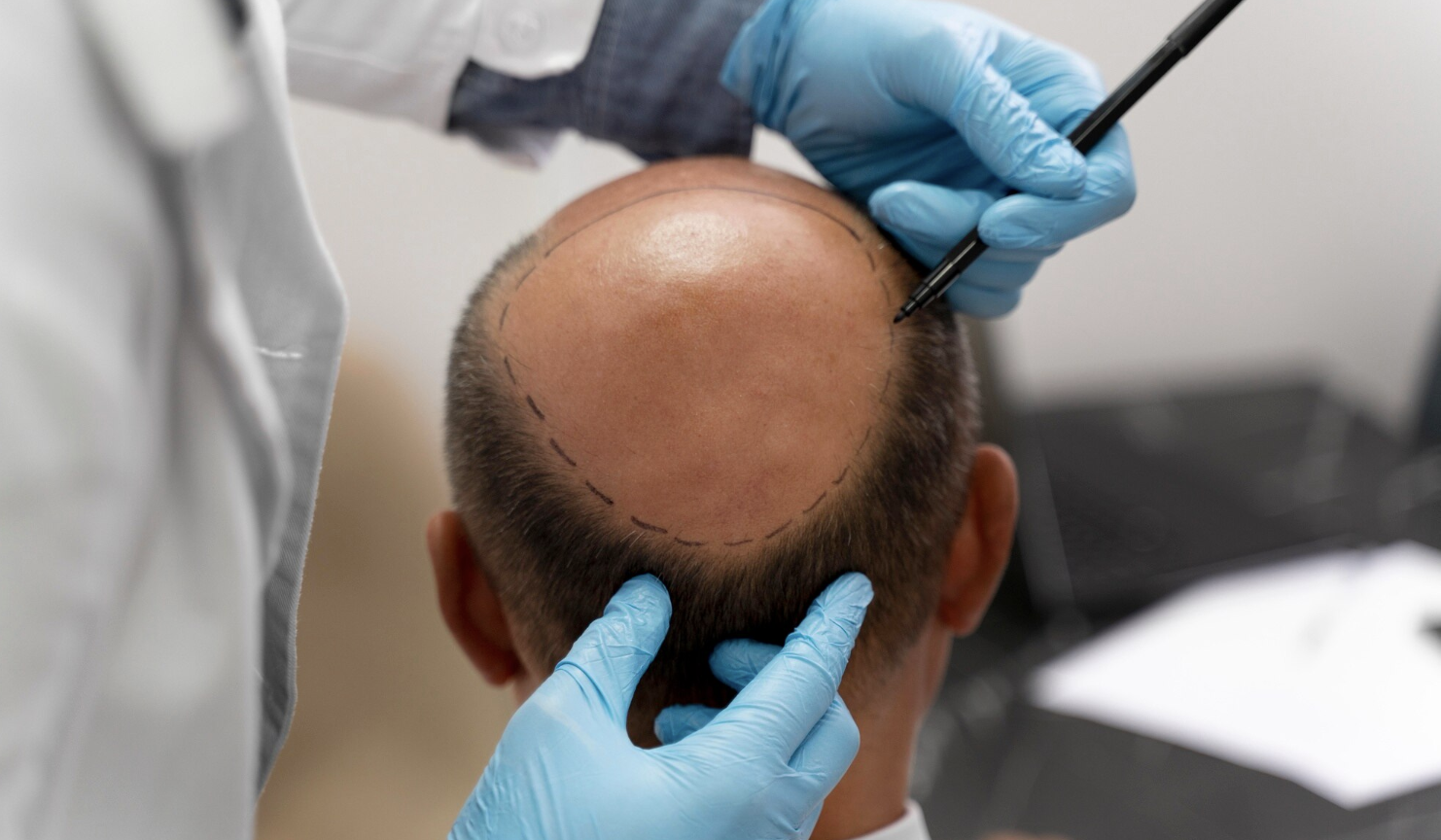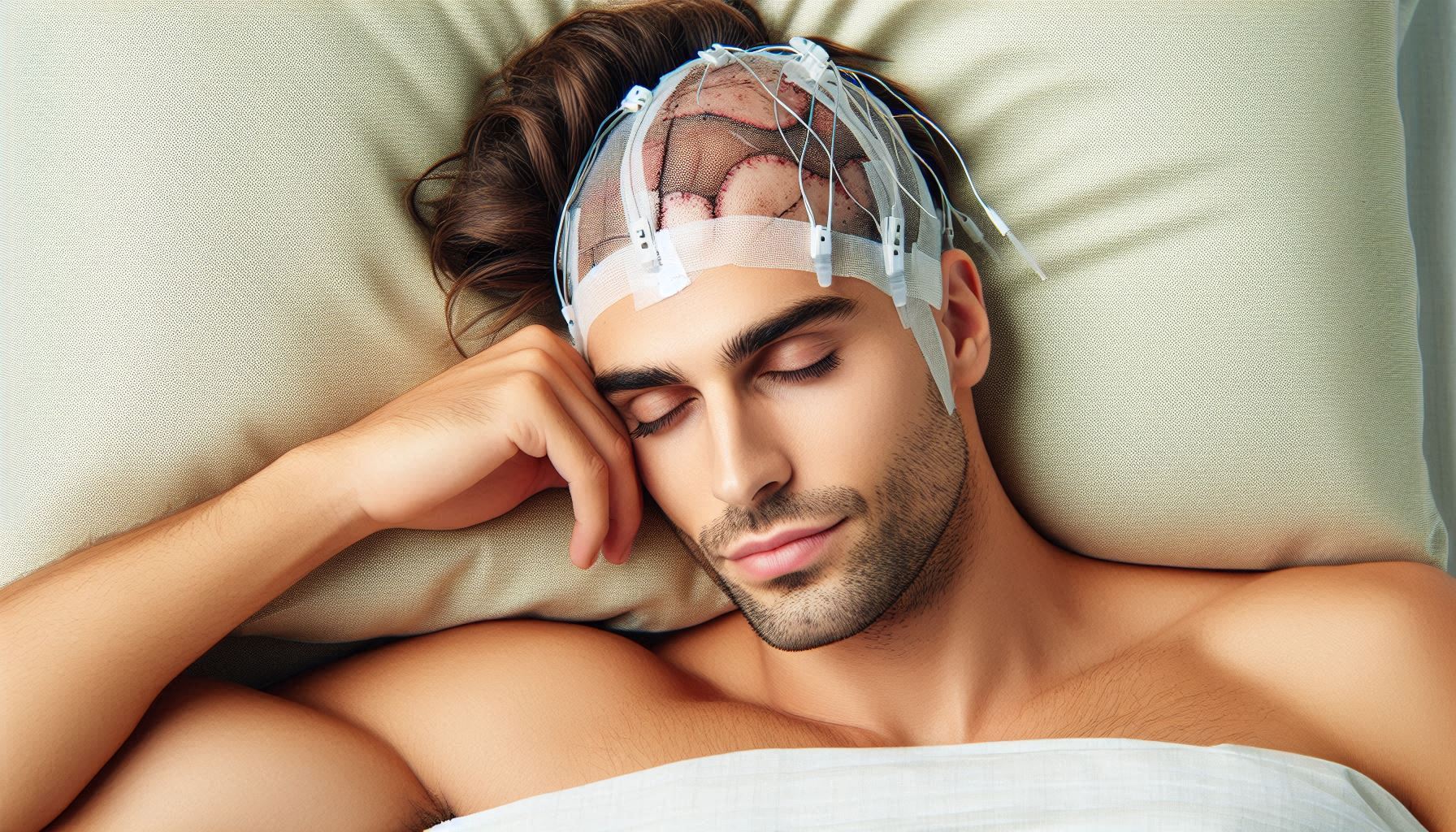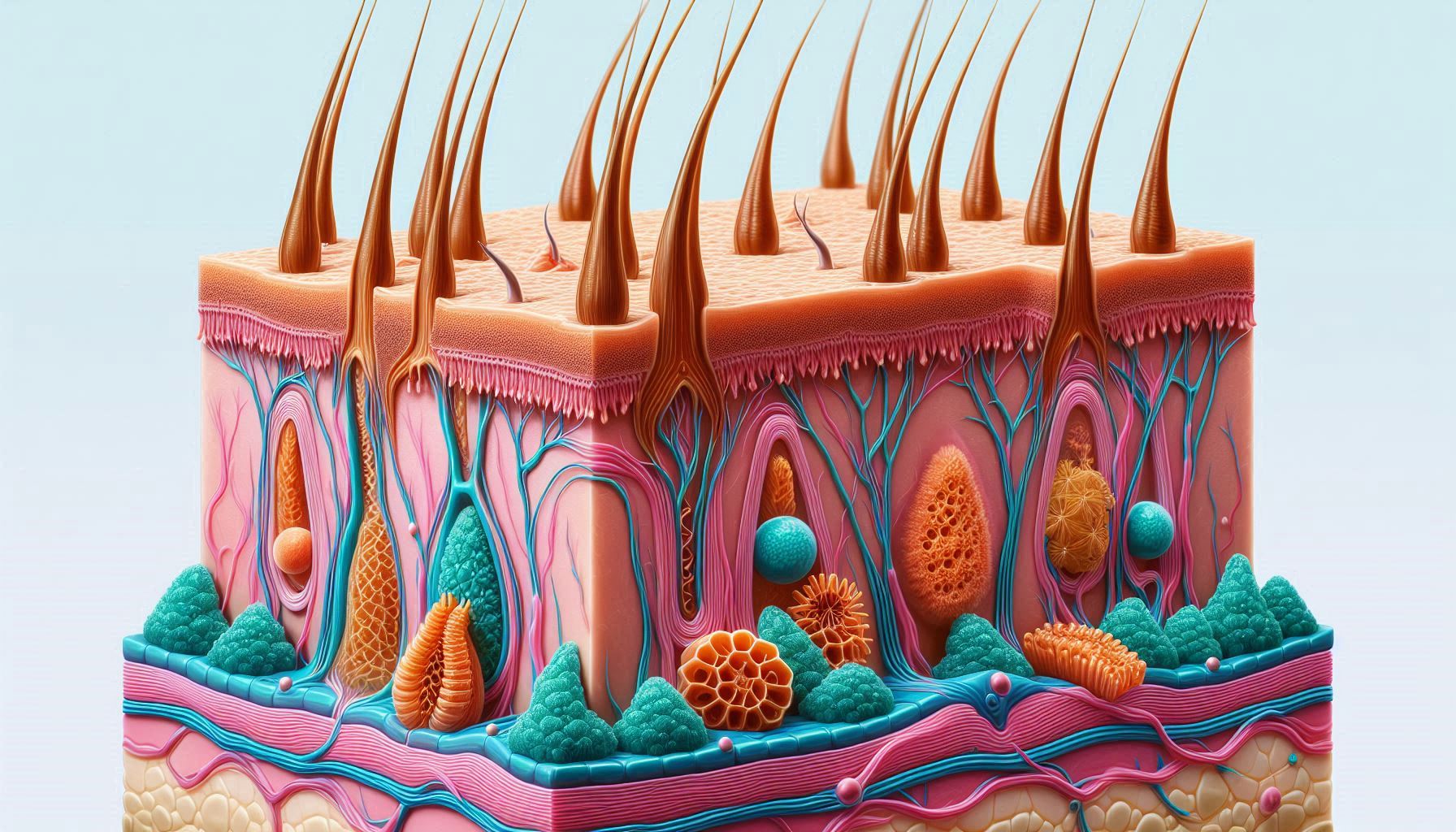
Crown Hair Transplant: Everything You Need to Know About Restoring Hair in the Crown Area
Hair loss in the crown area, also known as the vertex, is a common concern for many individuals, particularly men. The crown is one of the most noticeable areas for hair thinning and baldness, often making people feel self-conscious about their appearance. A crown hair transplant offers a promising solution for those looking to restore hair density and achieve a fuller look in this region. This comprehensive guide will explore what a crown hair transplant is, how it works, who is a good candidate, and what to expect during and after the procedure.
What is a Crown Hair Transplant?
A crown hair transplant is a specialized type of hair restoration procedure focused on addressing hair loss in the crown or vertex area of the scalp. The crown is typically one of the last areas to experience hair loss, but when it does, it can be challenging to treat due to its unique shape and hair growth patterns. The goal of a crown hair transplant is to restore hair density in this area, creating a natural-looking hairline that blends seamlessly with the surrounding hair.
How Does a Crown Hair Transplant Work?
Crown hair transplants utilize the same techniques as other hair transplant procedures, such as Follicular Unit Extraction (FUE) or Follicular Unit Transplantation (FUT). However, the process is tailored to address the specific challenges of the crown area.
- Consultation and Assessment: The first step in a crown hair transplant is a thorough consultation with a qualified hair transplant surgeon. During this assessment, the surgeon will evaluate the extent of hair loss, examine the donor area, and discuss your goals and expectations.
- Donor Area Preparation: The donor area, usually located at the back or sides of the scalp where hair is more resistant to thinning, is prepared for the extraction of hair follicles. In FUE, individual follicles are extracted, while in FUT, a strip of scalp is removed and dissected into grafts.
- Recipient Area Design: The surgeon carefully designs the recipient area in the crown to ensure a natural hair growth pattern. The crown area requires special attention because the hair grows in a spiral or whorl pattern, which must be replicated during the transplant.
- Graft Implantation: The extracted hair follicles are implanted into the recipient sites in the crown area. The surgeon meticulously places each graft to match the natural direction and angle of the surrounding hair, ensuring a seamless blend and natural appearance.
- Post-Procedure Care: After the surgery, you will receive instructions on how to care for the transplanted area to promote healing and optimal hair growth. This may include avoiding certain activities, medications, and follow-up appointments.
Benefits of a Crown Hair Transplant
Crown hair transplants offer several benefits for individuals experiencing hair loss in the vertex area:
- Restored Hair Density: A crown hair transplant can significantly increase hair density in the crown area, providing a fuller and more youthful appearance.
- Natural-Looking Results: When performed by an experienced surgeon, crown hair transplants can produce results that are virtually indistinguishable from natural hair. The strategic placement of grafts ensures a natural growth pattern.
- Permanent Solution: The transplanted hair is typically resistant to the effects of DHT (dihydrotestosterone), the hormone responsible for male pattern baldness. This means the results of a crown hair transplant are long-lasting and permanent.
- Improved Confidence: Restoring hair in the crown area can have a significant impact on a person’s self-esteem and confidence, helping them feel more comfortable and self-assured.
Challenges of Crown Hair Transplants
While crown hair transplants offer many benefits, they also present unique challenges that require careful consideration:
- Complex Hair Growth Pattern: The spiral or whorl pattern of hair growth in the crown area requires a high level of skill and precision to replicate. The surgeon must carefully design the recipient area to match the natural pattern, or the results may look unnatural.
- Potential for Lower Graft Survival: The crown area often has a lower blood supply compared to other parts of the scalp, which can affect the survival rate of transplanted grafts. It’s essential to choose an experienced surgeon who can maximize graft survival.
- Slower Results: Hair growth in the crown area can be slower compared to other regions of the scalp. Patients may need to be patient as the transplanted hair gradually thickens over time.
- Limited Donor Hair: For patients with extensive hair loss, the availability of donor hair may be limited. This can be a challenge when trying to achieve sufficient coverage in the crown area.
Who is a Good Candidate for a Crown Hair Transplant?
Ideal candidates for a crown hair transplant include:
- Individuals with Stable Hair Loss: Candidates should have stable hair loss, meaning their hair loss is not progressing rapidly. This ensures that the transplanted hair will blend well with the existing hair.
- Sufficient Donor Hair: Candidates must have enough healthy hair follicles in the donor area to provide adequate coverage for the crown.
- Realistic Expectations: It’s essential to have realistic expectations about the results. While a crown hair transplant can significantly improve hair density, it may not completely restore the full thickness of hair in some cases.
- Good Overall Health: Candidates should be in good general health, as this can affect the healing process and the success of the transplant.
The Recovery Process
The recovery process after a crown hair transplant is similar to other hair transplant procedures:
- Immediate Post-Op Care: In the first few days following the procedure, you may experience some swelling, redness, and mild discomfort. Your surgeon will provide instructions on how to care for the transplanted area, including how to wash your hair and avoid activities that could disrupt the grafts.
- Shedding Phase: It’s normal for the transplanted hair to shed within the first few weeks. This is a natural part of the process and makes way for new hair growth.
- Hair Growth: New hair growth typically begins within 3 to 4 months after the procedure, with full results visible within 12 to 18 months. The hair in the crown area may take longer to grow due to the complex growth pattern.
- Follow-Up Appointments: Regular follow-up appointments with your surgeon are essential to monitor progress and ensure the best possible outcome.
FAQs About Crown Hair Transplants
1. How long does a crown hair transplant procedure take?
The duration of the procedure depends on the number of grafts required and the complexity of the case. On average, it can take 4 to 8 hours.
2. Is the crown hair transplant procedure painful?
Most patients experience minimal discomfort during the procedure, as local anesthesia is used to numb the scalp. Post-operative pain is usually mild and manageable with prescribed medications.
3. How much does a crown hair transplant cost?
The cost of a crown hair transplant varies depending on factors such as the number of grafts, the surgeon’s expertise, and the location of the clinic. On average, it can range from $3,000 to $10,000.
4. Will the transplanted hair in the crown area look natural?
When performed by an experienced surgeon, the transplanted hair should blend seamlessly with your existing hair, following the natural growth pattern of the crown area.
5. How soon can I return to work after a crown hair transplant?
Most patients can return to work within a few days to a week after the procedure, depending on the nature of their job and how comfortable they feel.
6. Are the results of a crown hair transplant permanent?
Yes, the results are permanent. The transplanted hair follicles are typically resistant to DHT, the hormone responsible for hair loss, ensuring long-lasting results.
7. Can I undergo a crown hair transplant if I have other areas of hair loss?
Yes, but the availability of donor hair and the extent of hair loss will be important factors in determining the feasibility of treating multiple areas.
8. How do I choose the right surgeon for a crown hair transplant?
Choose a board-certified surgeon with extensive experience in performing crown hair transplants. Review their credentials, patient testimonials, and before-and-after photos.
9. Will I need additional treatments after a crown hair transplant?
Some patients may require additional treatments, such as PRP therapy or scalp micropigmentation, to enhance the results. Your surgeon will discuss these options with you.
10. What should I avoid after a crown hair transplant?
Avoid strenuous activities, direct sunlight, and wearing hats or helmets for the first few weeks after the procedure. Follow your surgeon’s post-op instructions carefully.
Conclusion
A crown hair transplant is a highly effective solution for individuals experiencing hair loss in the crown area. While the procedure presents unique challenges, the results can be transformative when performed by a skilled and experienced surgeon. By understanding the process, benefits, and potential challenges, you can make an informed decision about whether a crown hair transplant is right for you. If you’re considering this procedure, consult with a qualified hair transplant specialist to explore your options and take the first step toward restoring your hair and confidence.




